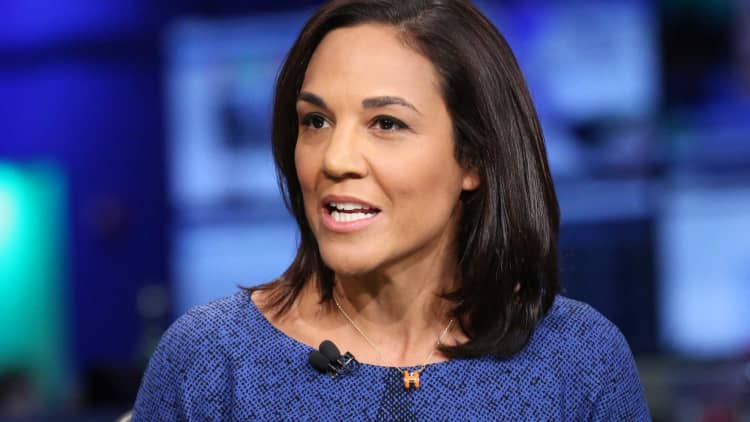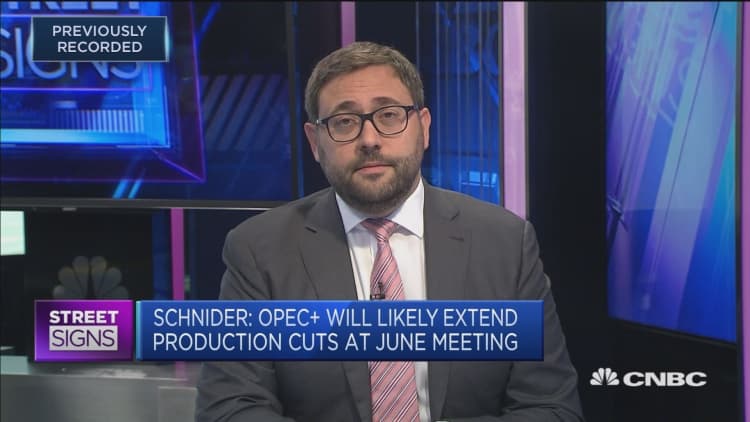Oil futures sank on Wednesday as an unexpected build in U.S. crude stockpiles compounded investor worries that a prolonged trade war between Washington and Beijing could dent crude demand.
U.S. West Texas Intermediate crude futures settled $1.71 lower at $61.39, tumbling 2.7 percent to the lowest closing level in more than a week. Brent crude futures fell $1.19, or 1.7%, at $70.99 at barrel.
U.S. crude inventories swelled by 4.7 million barrels in the latest week to their highest since July 2017, the U.S. Energy Information Administration reported. Analysts polled by Reuters had forecast a decrease of 599,000 barrels as refineries cut output.
"It's at the extreme end of the range of possibilities for a bearish report," said Bob Yawger, director of futures at Mizuho in New York. "It's about as bad as it could have been considering the fact that driving season is so close."

Gasoline stocks posted a surprise build as well, rising by 3.7 million barrels compared with analysts' expectations for an 816,000-barrel drop.
The prospect of a long-term tariff fight between China and the United States also pressured prices. No further talks between top officials have been scheduled since the last round ended in a stalemate on May 10.
The conflict is weighing on economic growth forecasts and oil demand predictions. The Organization for Economic Co-Operation and Development (OECD) on Tuesday revised down its global growth forecast for the year.
PVC's Stephen Brennock said with the fragile balance in the market, any fresh development between the United States and Iran on the one hand and the United States and China on the other has the "potential to send prices $10 a barrel in either direction."

Beyond market fundamentals, oil traders are looking to the tensions between the United States and Iran. On Tuesday, acting U.S. Defense Secretary Patrick Shanahan said threats from Iran remained high.
Outside the United States, Saudi Arabia on Wednesday said it was committed to a balanced and sustainable oil market. Saudi Arabia has been at the forefront of supply cuts led by OPEC that began in January.
U.S. bank Morgan Stanley said it expected Brent prices to trade in a $75-$80 per barrel range in the second-half of this year, pushed up by tight supply and demand fundamentals.
The physical oil market is also showing signs of tightness.
Qatar Petroleum has sold al-Shaheen July delivery crude at the highest average premium since 2013 on robust demand for medium-heavy grades in Asia, trade sources said.

